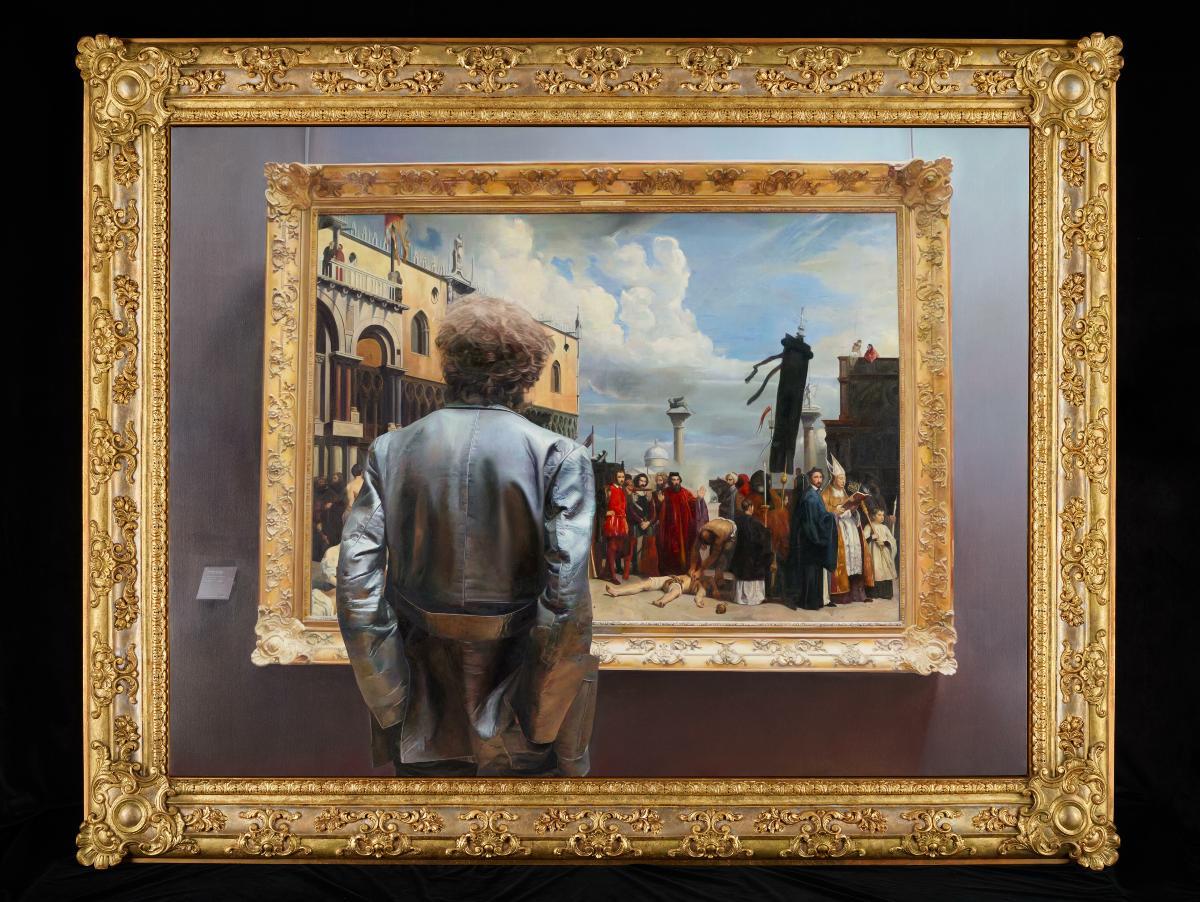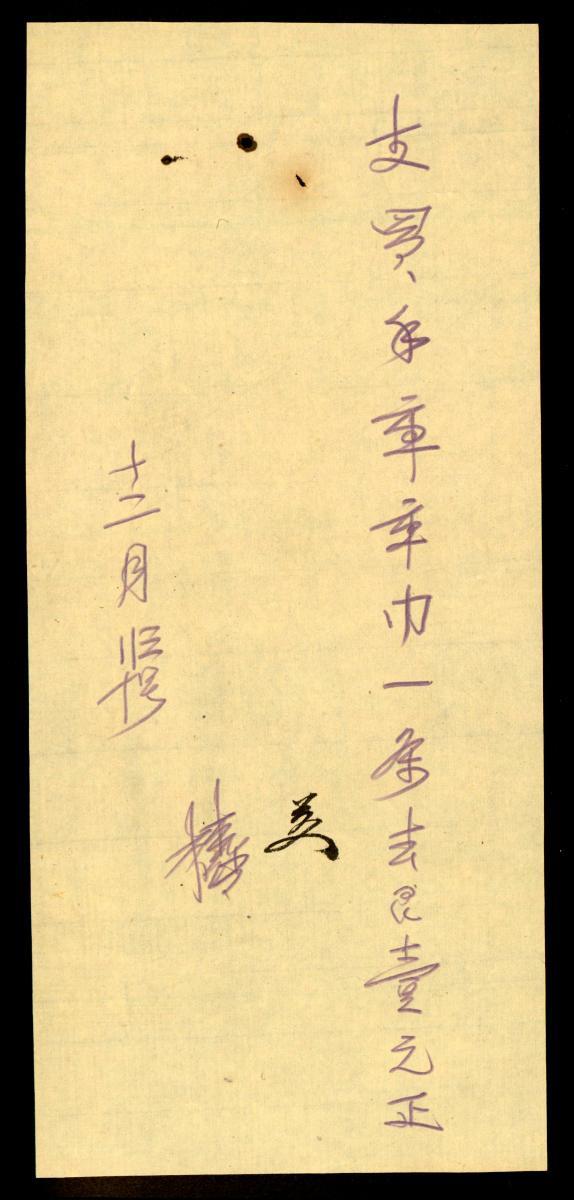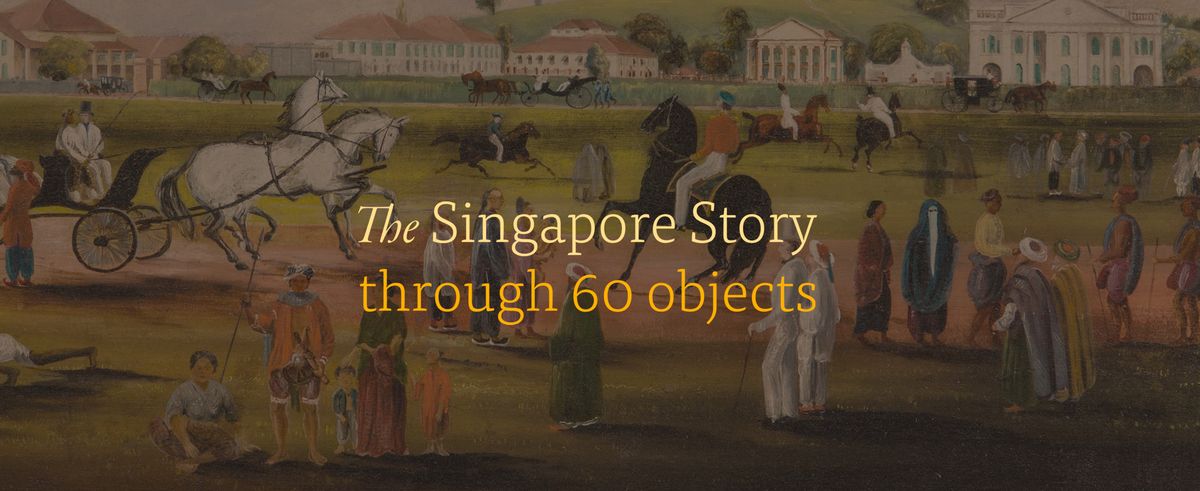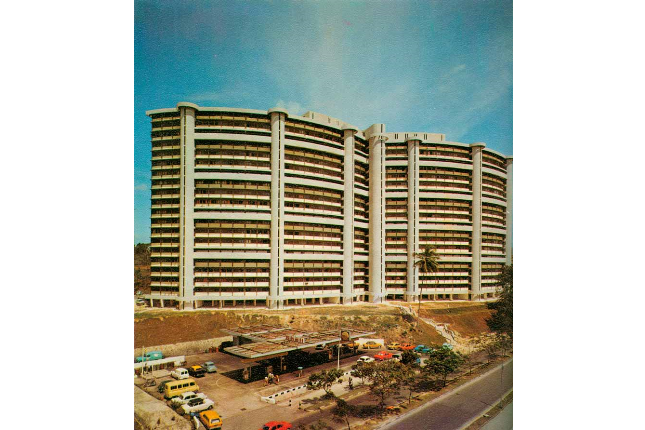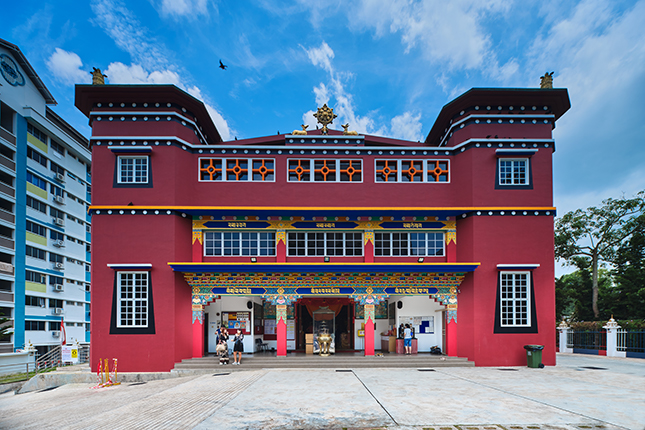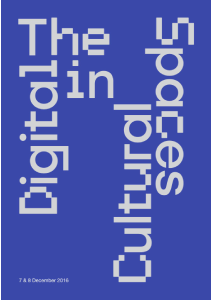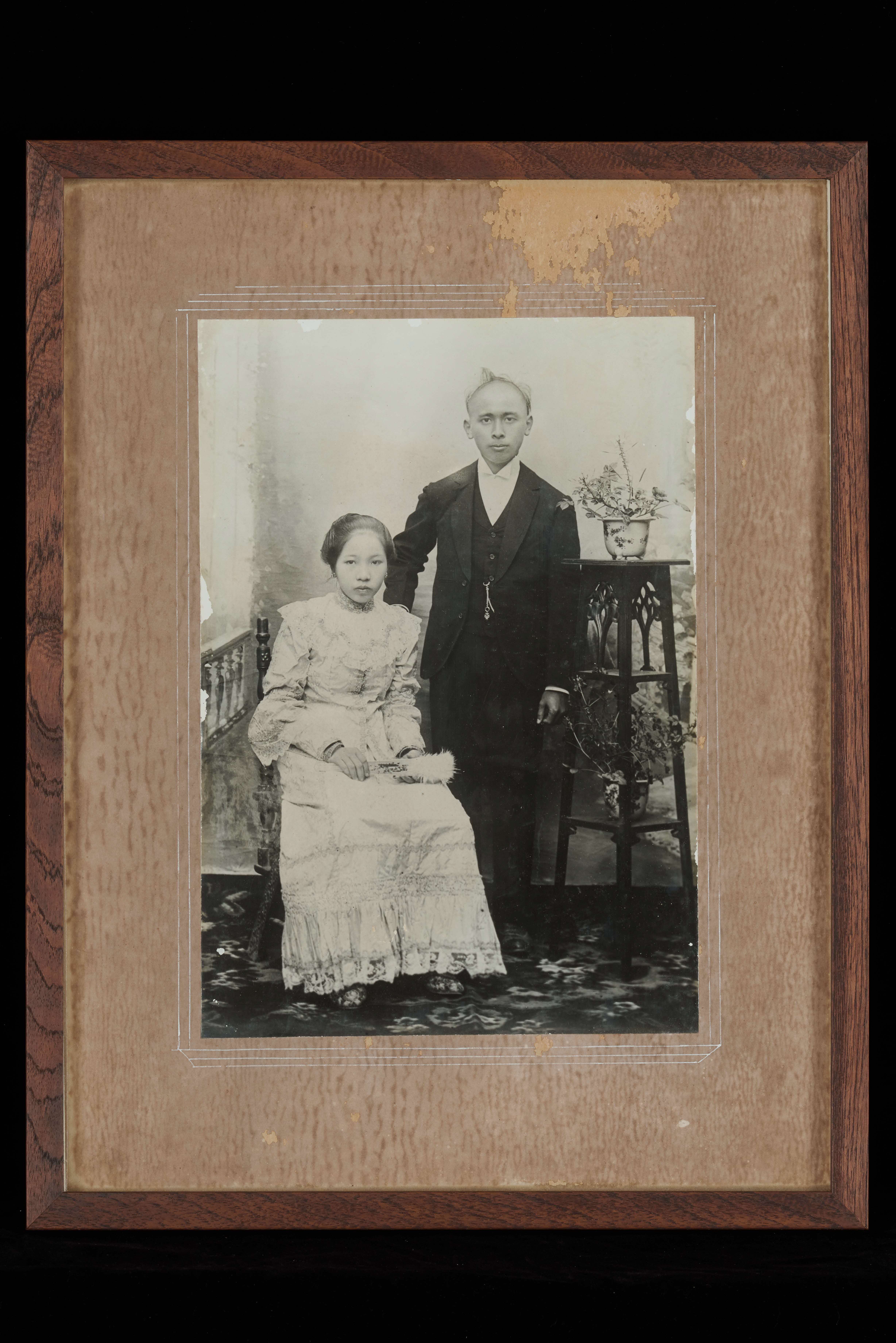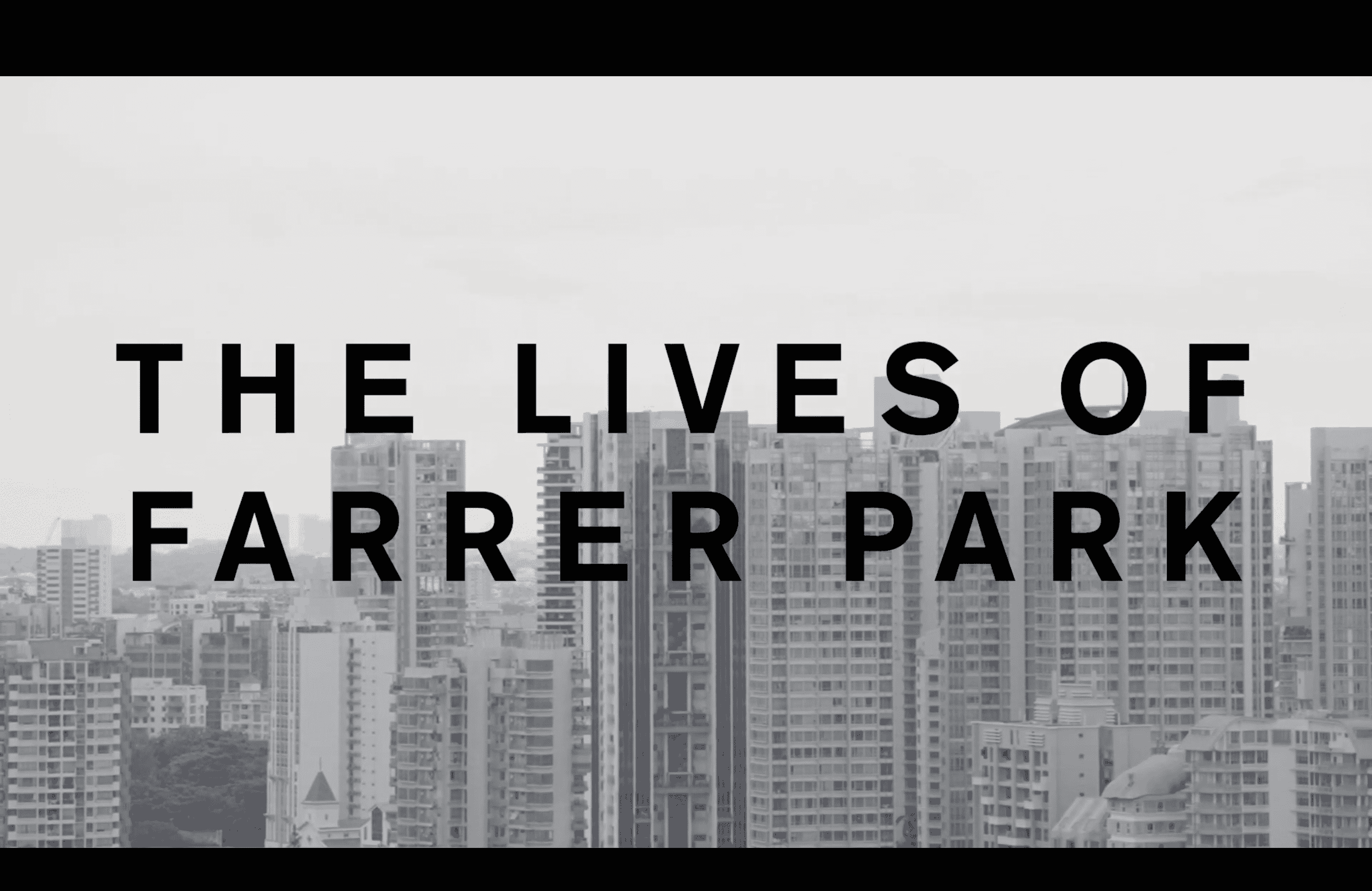The subject of art has been central to Annie Cabigting’s practice. Similar to other works in this notable series, “La Chambre Bleue (After Alexandre-Jean Baptiste Hesse)” portrays a spectator, with his back turned towards the front, gazing at a painting. Here, a European man scrutinizes “The Funerary Honors Rendered to Titian, Who Died in Venice during the Plague of 1576” by the 19th century French artist Alexandre Jean Baptiste Hesse. Cabigting activates the act of looking as subject and object in the painting, enfolding the audience into the very work itself. The work plays upon the notion of the mise en abyme, a kind of formal device in which a work represents itself in a repeated and recursive loop. Beyond proffering a visual witticism, Cabigting’s use of the mise en abyme can be seen as a conceptual or ontological reflection on the status of art and art’s objecthood. “La Chambre Bleue” turns upon the intersection between painting and photography; it is rendered in Cabigting’s signature photo-realist style, based on an image that the artist sourced from friends and art world colleagues. The frame of Cabigting’s painting was hand-carved in the Philippine town of Pampanga, with gold-leaf added to mimic the frame of the painting by Alexandre-Jean Baptiste Hesse. “La Chambre Bleue” was featured in her recent solo exhibition “Museum Watching”, in which the whole gallery space was transformed to resemble a museum setting. Going beyond a realistic depiction of art and art-world within the pictorial space, this was the artist’s attempt to create a whole environment to situate not only the works, but also the people who would be viewing the paintings, ‘re-presenting’ the space and context in which art is seen. Cabigting’s painting takes the viewer into an infinite loop of seeing, being seen, and been seen seeing.Annie Cabigting (b. 1971, Philippines) ranges from painting to installation, and her work is known for its reflexive questioning of what constitutes art: the various aspects of producing, looking and privileging visual images throughout history. Cabigting majored in Painting at the University of the Philippines and started publicly exhibiting her work since 2001. She was one of the recipients of the Ateneo Art Awards in 2005.




